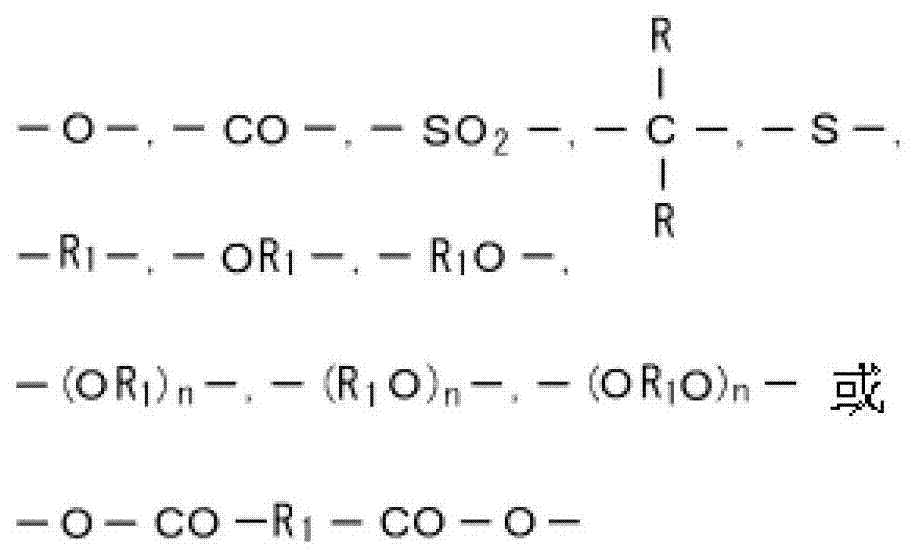Process for producing metal nanoparticle composite
A technology of metal particles and manufacturing methods, applied in the direction of coating, etc., to achieve the effect of simplifying the production process
- Summary
- Abstract
- Description
- Claims
- Application Information
AI Technical Summary
Problems solved by technology
Method used
Image
Examples
no. 1 Embodiment approach
[0042] The method for producing a metal microparticle composite according to the first embodiment of the present invention is a method for producing a metal microparticle composite in which metal microparticles having an average particle diameter in the range of 3 nm to 25 nm do not contact each other. It is independently (preferably completely independently) dispersed in the polyimide resin with the interval above the particle diameter of the larger metal particle in the adjacent metal particles, and the volume fraction of the metal particles is relative to The metal microparticle composite is in the range of 0.05% or more and 1% or less, and the above-mentioned method includes the following steps a and b. Here, the polyimide resin is mainly a polyimide resin obtained by imidizing a polyimide precursor resin by heating, dehydrating, and cyclization reaction. Polyimide resins are preferably used because they are superior in heat resistance and dimensional stability compared to...
no. 2 Embodiment approach
[0098] Next, a second embodiment of the present invention will be described in detail. In addition, the following description focuses on differences from the first embodiment. The method for producing a metal microparticle composite according to the second embodiment of the present invention is a method for producing a metal microparticle composite in which metal microparticles having an average particle diameter in the range of 3 nm to 30 nm do not contact each other. It is independently (preferably completely independently) dispersed in the polyimide resin with the interval above the particle diameter of the larger metal particle in the adjacent metal particles, and the volume fraction of the metal particles is relative to The metal microparticle composite is in the range of 0.2% to 5% inclusive. The method for producing the metal microparticle composite includes the following steps a and b. The polyimide resin and polyimide precursor resin in the method for producing the m...
no. 3 Embodiment approach
[0119] Next, embodiments of the present invention will be described in detail. In addition, the following description focuses on differences from the first embodiment. The method for producing a metal microparticle composite according to the third embodiment of the present invention is a method for producing a metal microparticle composite in which metal microparticles having an average particle diameter in the range of 3 nm to 30 nm do not contact each other. It is independently (preferably completely independently) dispersed in the polyimide resin with the interval above the particle diameter of the larger metal particle in the adjacent metal particles, and the volume fraction of the metal particles is relative to The metal microparticle composite is in the range of 0.5% to 5% inclusive. The method for producing the metal microparticle composite includes the following steps a and b. The polyimide resin and polyimide precursor resin in the method for producing the metal micr...
PUM
| Property | Measurement | Unit |
|---|---|---|
| particle size | aaaaa | aaaaa |
| thickness | aaaaa | aaaaa |
| elastic modulus | aaaaa | aaaaa |
Abstract
Description
Claims
Application Information
 Login to View More
Login to View More - R&D
- Intellectual Property
- Life Sciences
- Materials
- Tech Scout
- Unparalleled Data Quality
- Higher Quality Content
- 60% Fewer Hallucinations
Browse by: Latest US Patents, China's latest patents, Technical Efficacy Thesaurus, Application Domain, Technology Topic, Popular Technical Reports.
© 2025 PatSnap. All rights reserved.Legal|Privacy policy|Modern Slavery Act Transparency Statement|Sitemap|About US| Contact US: help@patsnap.com


